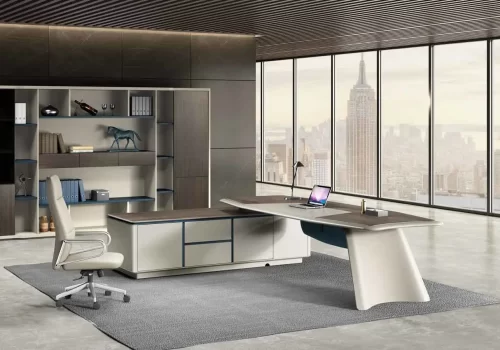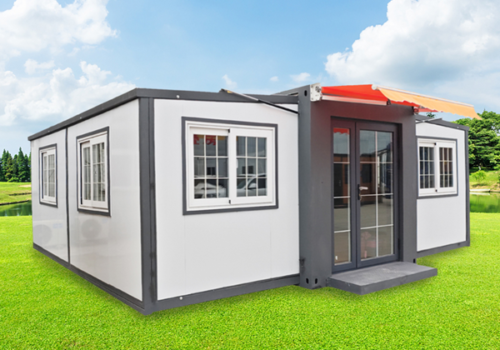THE COMPONENTS OF AN AIR CONDITIONING SYSTEM
Clearly, private AC systems may have variations in their design according to their manufacturer as well as setting, as an example, one in a hotel is going to be slightly various to one just cooling a residence; however, they all share the same basic principles, as well as each of them, utilize the following:
- Refrigerant: A carefully chosen fluid that has the chemical capacity to alter to gas at really reduced temperatures.
- Evaporator coil: The component that turns the cooling agent from a liquid to a gas.
- Compressor: The part that puts that gas under high pressure, generating warmth.
- The condenser coil Turns the cooling agent from a gas to a liquid, removing this warmth and cooling it once more for the next cycle.
- Fans: Maintain air relocating with the whole system.
- Ducting: The channels through which the quality air is dispersed throughout the building.
So, currently, you’re familiar with the parts included, here’s how they all fit together!
To know about “AC repair in my area,” please follow the link.
LET’S NOW CHECK THE FRAMEWORK OF AN AIRCONDITIONING SYSTEM
Before we enter way too much deepness in regards to the technicians, we’ll introduce you to the underlying framework of the whole system. Basically:
- The AC unit draws in warm air from your office, typically with a grille. Among the internal fans impacts that warm air over the cold, low-pressure evaporator coil that contains the cooling agent. A dehumidifier eliminates excess moisture at this phase, too.
- The refrigerant is cooler than the air, so the warmth from the cozy air transfers right into the refrigerant rather, leaving the air cool as well as dry.
- The awesome air is then sent back out through the ducting to the rest of the building.
- Meanwhile, the cooling agent, warm as well as gaseous form the warm transfer, is processed utilizing the compressor and condenser coils. Throughout this procedure, the undesirable warm is released outdoors as well as the newly cool agent is relocated with a development shutoff. Once this takes place, it’s provided all set to cycle back to the evaporator, as well as proceed chilling more incoming air.
To know more, please visit our website.



